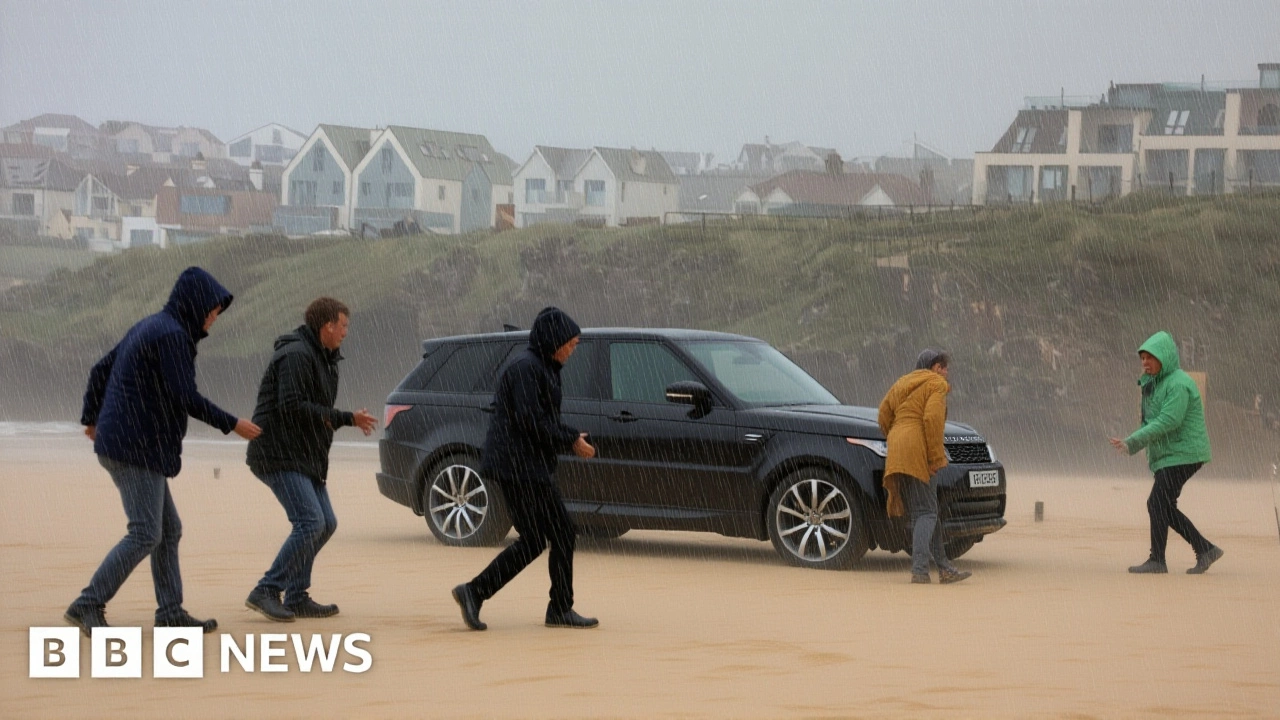School Closures: Understanding the Ripple Effects
When dealing with school closures, the temporary suspension of in‑person classes at primary, secondary or higher‑education institutions. Also known as temporary school shutdowns, it often forces families to rearrange daily routines, switch to remote learning, and rethink extracurricular plans. In this guide we’ll break down how Education, the formal system of teaching and learning, Sports Programs, organized athletic activities offered by schools and clubs and Community Activities, local events and programs that bring people together get thrown into flux.
First off, the core impact lands on education itself. When classrooms shut their doors, teachers scramble to move lessons online, but not every student has a reliable internet connection or a quiet space to study. Test scores can dip, especially in subjects that rely on hands‑on practice like science labs. The loss of in‑person interaction also reduces opportunities for spontaneous question‑asking, which can slow down concept mastery. Schools that manage to keep a steady stream of digital resources tend to see a smaller learning gap, showing that technology readiness is a key attribute of effective remote education.
How Closures Ripple Through Everyday Life
Beyond the classroom, Sports Programs feel the squeeze hard. Many youth leagues – from soccer to basketball – rely on school facilities and schedules. When those doors close, teams lose practice fields, locker rooms, and the structure of after‑school timing. Golf, a sport that often starts in school clubs, suffers especially because junior golfers depend on school‑run lessons and access to nearby courses. Without regular practice, emerging players miss out on building swing fundamentals, and local golf clubs lose a pipeline of future members.
The ripple doesn’t stop at organized sports. Community Activities such as after‑school clubs, arts workshops, and neighborhood tournaments also stall. Parents report that kids suddenly have more unstructured free time, which can lead to screen overload or feelings of isolation. On the flip side, some communities turn the challenge into an opportunity: they repurpose local parks, set up mini‑golf pop‑ups, or lend electric golf carts for safe, low‑impact mobility during outdoor play. These creative solutions illustrate how community resilience can mitigate the loss of school‑based programs.
Economically, families feel the pinch too. When school days disappear, parents often need to adjust work schedules or find childcare, which can strain household budgets. For families with kids interested in golf, the cost of private lessons or club memberships can rise as demand for alternative training spots spikes. Some clubs respond by offering discounted group clinics or borrowing equipment like electric golf carts to make practice more accessible. These adjustments show how the sports industry adapts its attributes—pricing, accessibility, and equipment availability—to the new reality of closures.
Mental health is another critical piece of the puzzle. Kids thrive on routine, peer interaction, and physical activity. When school closures break that rhythm, anxiety and boredom can creep in. Mini‑golf, with its low‑pressure environment and focus on fun, becomes a surprisingly effective tool for keeping young minds engaged. A study from a regional youth program found that kids who spent just one hour a week on mini‑golf reported higher mood scores and better concentration when returning to virtual classes. This highlights the value of incorporating playful, low‑cost sports into community response plans.
Policy makers and school administrators are learning fast. Many are crafting hybrid schedules that blend in‑person labs with online theory lessons, aiming to preserve the hands‑on experience essential for subjects like physical education and science. Partnerships with local clubs—golf courses, swimming pools, and recreation centers—allow schools to rent space for essential activities while maintaining health protocols. These collaborations illustrate a semantic link: school closures require community venue sharing, and that requirement fuels new business models for sports facilities.
Below, you’ll find a mix of articles that touch on related topics—from the latest smartphone tech that helps students stay connected, to real‑world sports stories, and practical guides on using electric golf carts in tight urban settings. While the pieces cover a broad range of subjects, they all echo the central theme: how unexpected disruptions—like school closures—reshape the way we learn, play, and interact with our local environment.
Ready to dive deeper? Browse the collection to see how technology, sports, and community initiatives intersect with the challenges of school closures, and pick up actionable tips you can apply right away.

Storm Amy forces NI schools to shut at noon; delayed alerts spark outrage
Storm Amy forced all NI schools in amber‑warning areas to close at noon on Oct 3, 2025. Delayed emails sparked criticism from MLA Jon Burrows, who calls for a faster, multi‑channel alert system.